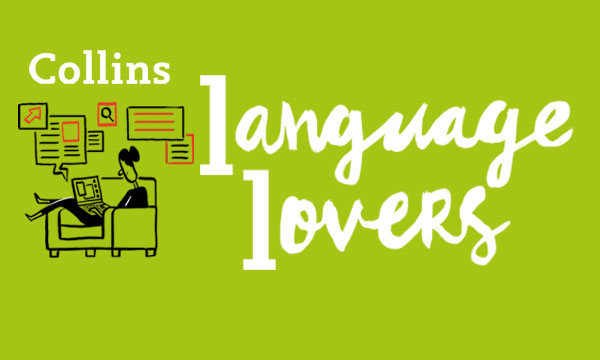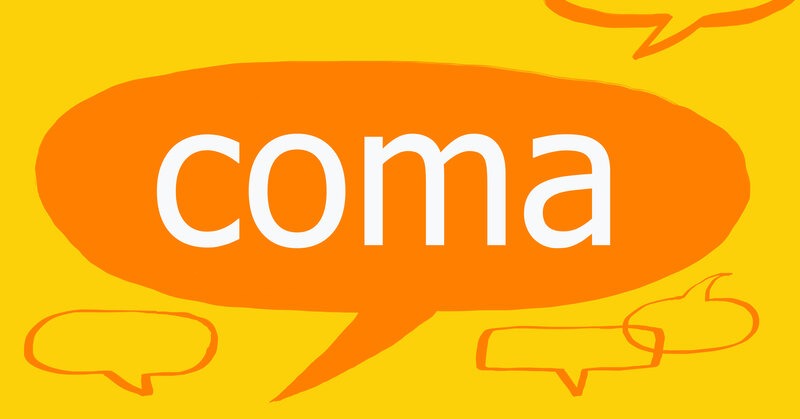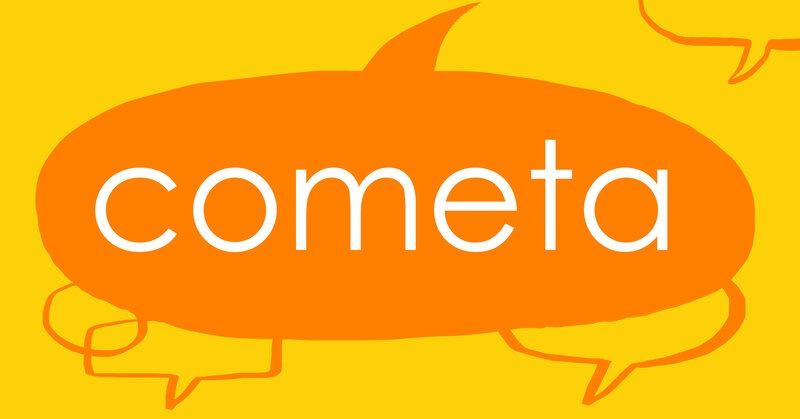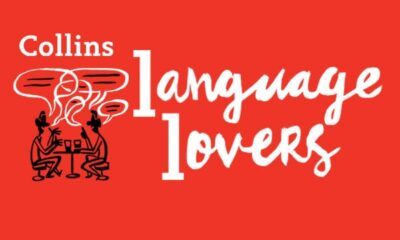Technology has a way of completely revolutionising the way we live. Cars replaced the good old horse and carriage, washing machines and hoovers saved people hours of housework, and the mobile phone became… well, much more than just a phone.
The latest technological advancement dominating the conversation at work, at school, and sometimes even at home, largely due to the emergence of chatbots such as ChatGPT and Bard, is artificial intelligence. These new conversational platforms use artificial intelligence (AI) to help users find instant answers, get creative, and learn new things. They can chat with you and provide responses that can help you do things like answer questions, write emails and essays, develop content, and translate text.
While most of the internet agrees it’s not as good as a human at performing many tasks, the debate rumbles on as to whether AI has the power to replace certain jobs, or even spell the end of humankind. Educational institutions find themselves trying to find ways to detect whether students are using it to cheat in their assignments. But it also brings undoubted benefits, depending on how you use it.
In this blog, we’re here to help you get a jump-start on AI by demystifying and explaining some of the terminology you need to know. And no, we didn’t use it to write this (though it probably would have been faster!).
Artificial intelligence
First up, the star of the show, artificial intelligence, also known as AI. Given it’s often portrayed in science fiction films and novels as a world-ending technology that results in killer robots, the current reality is less dramatic. AI is defined as a type of computer technology that is concerned with making machines work in an intelligent manner, similar to how the human mind works.
Essentially, it means we can ‘train’ computers to learn, respond and make decisions, but it still requires the ability to learn from humans to get anywhere near good enough. While AI is a hot topic right now, the idea has existed for decades. The latest chatbots are a form of artificial intelligence that can analyse huge amounts of data and generate responses, though they need a little nudge (or ‘prompt’ – see below).
Algorithm
An algorithm is a series of steps in computer programming which can give you the answer to a particular kind of problem or question. First recorded in the 17thcentury, it’s influenced by the Greek arithmos, which means number.
In the 21stcentury, algorithms have taken on new forms, particularly in social media where they act as a set of rules and signals that can rank content on a social platform, based on how likely people are to interactThe new bots’ algorithms leverage pre-trained language models – more on that in a moment – to learn from the vast amount of text the programmers and users input to generate human-like responses.
Deep learning
Thankfully not a wacky new form of study. Deep learning is a type of machine learning that involves training artificial neural networks on large datasets in order to start recognising patterns and making decisions. Deep learning algorithms allow AI to continually develop and improve its performance over time.
Knowledge base
A knowledge base is defined as a structured repository of information, such as a database, that can be referred to in order to provide context and background information for language models such as ChatGPT. This knowledge base is an important part of training AI tools.
For example, language models can be trained using a large body of text from the internet including books, articles and scientific journals. They can also scrape data from social media platforms, which helps them develop a more informal, conversational tone.
Large language model
A large language model (LLM) is similar to a knowledge base, in that it’s a form of deep learning that uses a dataset of huge amounts of text and images to help the AI learn, communicate, and make decisions.
When a question is asked, LLMs can extrapolate the data and use it to teach AI human languages. This allows you to create pretty convincing content, given that LLMs can even replicate your tone of voice.
Natural language processing
An interdisciplinary subfield of linguistics, computer science and artificial intelligence, natural language processing (NLP) is a field of study which focuses on teaching computers to understand, analyse and generate human language. Why is it needed? Because computers, no matter how smart they may be, tend to think like computers.
Computers are very literal, and this can make it difficult to process nuance of multiple semantic meanings with certain words. For example, sick can mean ill, but since the 1980s it’s also been used as a slang word to mean amazing or impressive. Natural language processing teaches computers to better understand the range of human expression.
Parameter
What exactly is a parameter in the context of computing and AI? A parameter is a variable that must be given a specific value during the execution of a program, and this helps you achieve the kind of output you want.
One of the key parameters you should be aware ofis temperature. You may be more familiar with temperature as hot or cold. In AI, the temperature parameter dictates how random the generated text will be. Text with a low temperature will be more predictable, whereas text with a higher tempearture will be more creative.
Prompt
Now you know about parameters, we can talk about prompts. A prompt is how you give the algorithm a problem to solve. It acts as a cue for a chatbot to generate a response, based on its training and the knowledge base.
It doesn’t need to be text. A prompt can take the form of text, code or even images. What’s most important to remember is the quality of your prompt will determine the quality of the results you’re able to get. Many people getting started spend time experimenting with different prompts to get the best results.
Token
Last but not least, the token. In the traditional sense, a token can be a round piece of material used instead of money, a piece of paper or card exchanged for goods, or a way to express your feelings or provide a gesture.
In the world of AI, a token is a unit of text that can be processed by a language model. This can be word, an piece of punctuation, or any fragment of text that helps the AI understand the requirements of what you’re trying to achieve. Think about tokens as a building block of text, from one character to one word.
We’d love to hear all about how you’re using AI. Tweet us at @CollinsDict to share any other key terminology you’ve picked up!
By Rachel Quin
Rachel Quin is a freelance marketer and copywriter with a love of language, books and cats.
All opinions expressed on this blog are those of the individual writers, and do not necessarily reflect the opinions or policies of Collins, or its parent company, HarperCollins.




collins_dictionary_official
The home of living language. #wotd #wordlovers #collinsdictionary
Read our word of the week definitions and blog posts: